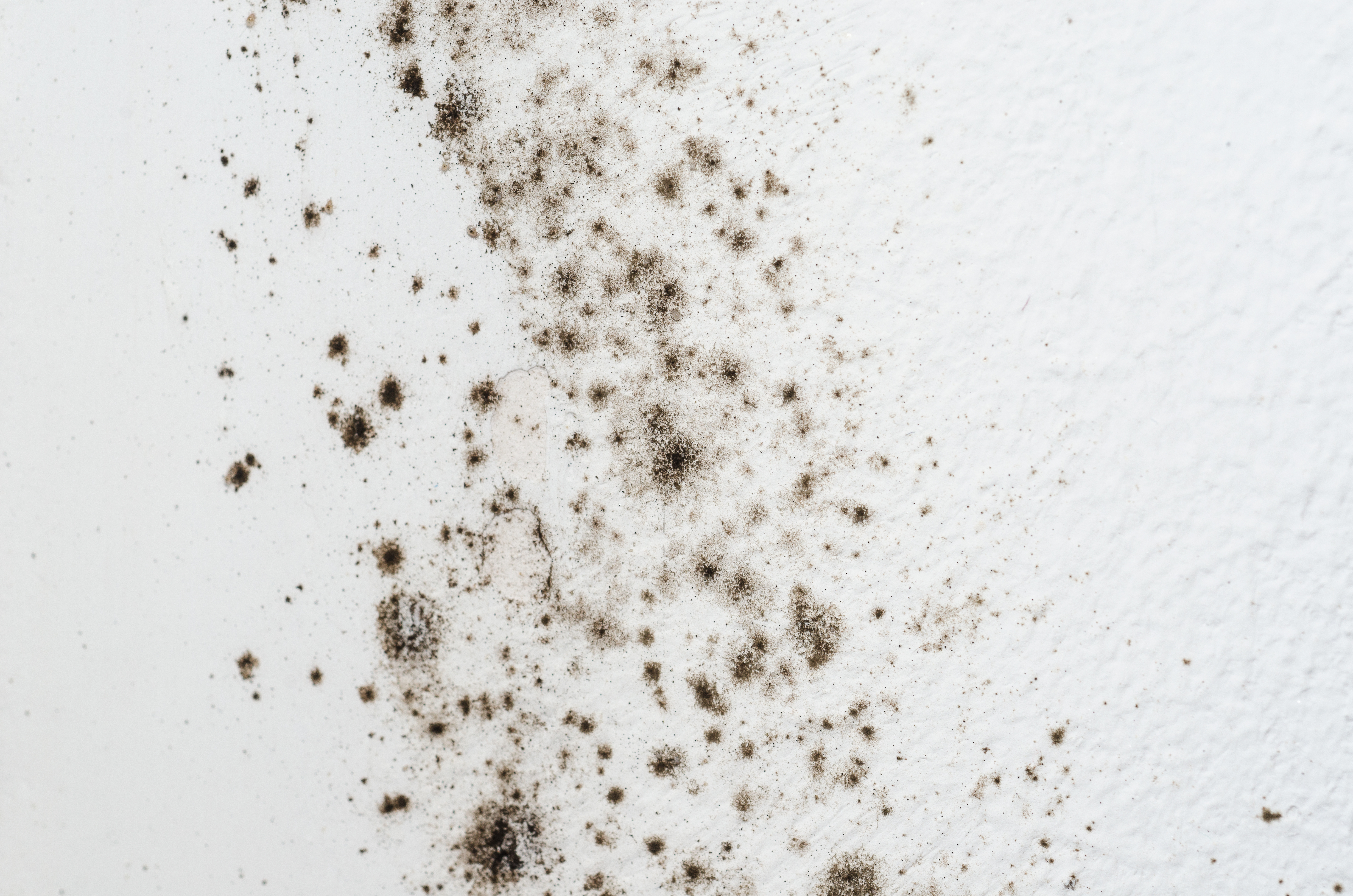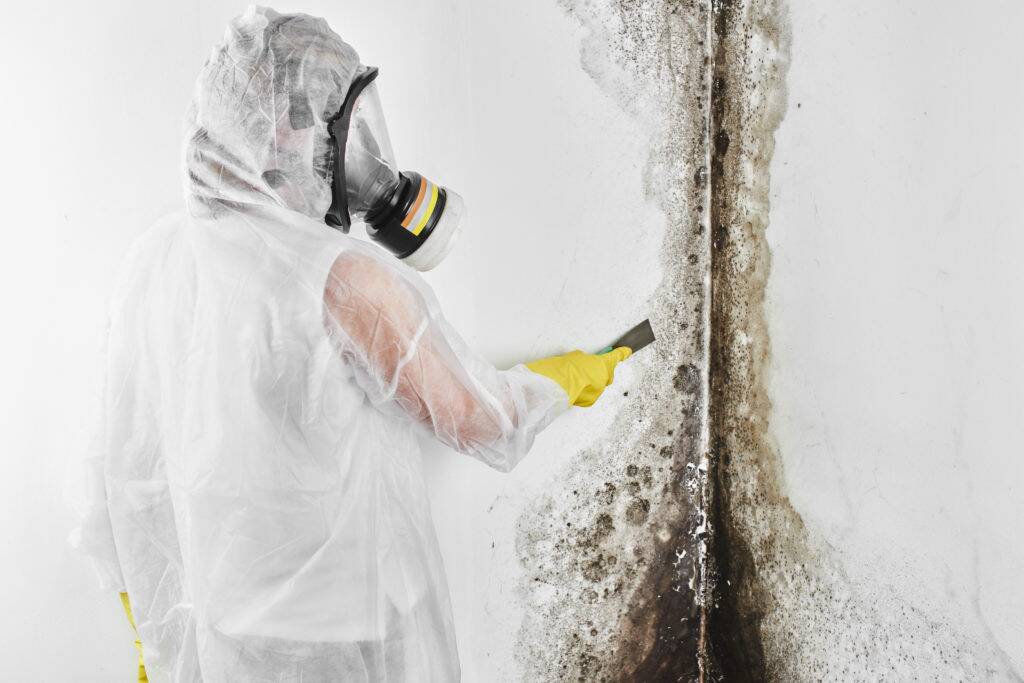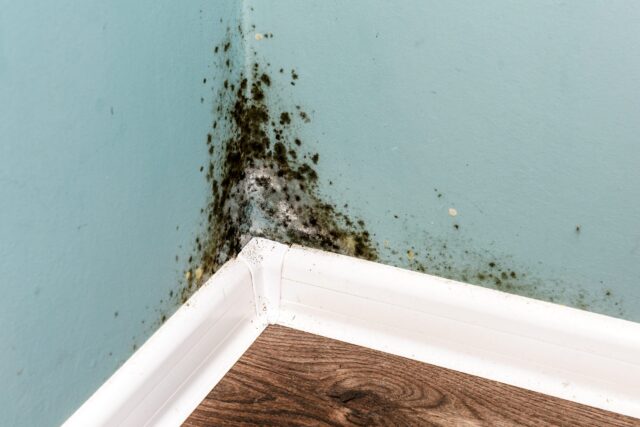Poor indoor air quality is an often overlooked yet significant factor that can have a profound impact on our health and well-being. One common culprit that can have a detrimental effect on indoor air quality is mold.
Mold spores are present in the air both indoors and outdoors, but when they find a damp and dark environment to thrive in, they can rapidly multiply and release harmful toxins into the air we breathe. Understanding the effects of mold on indoor air quality is crucial for maintaining a healthy living environment for ourselves and our loved ones.
In this article, we will explore the mold effect and how it can impact our overall well-being.
Introduction to Indoor Air Quality
 Indoor air quality plays a crucial role in our overall well-being and can have a significant impact on our health.
Indoor air quality plays a crucial role in our overall well-being and can have a significant impact on our health.
The air inside our homes and buildings can contain a variety of pollutants, including mold, dust mites, pet dander, and volatile organic compounds (VOCs). These pollutants can trigger allergies, worsen asthma symptoms, and contribute to other respiratory issues.
Improving indoor air quality is essential for creating a healthy and comfortable living environment. By understanding the factors that contribute to poor air quality and taking steps to mitigate them, we can enhance our overall health and wellness.
The Importance of Mold in Indoor Air Quality
Mold plays a significant role in indoor air quality due to its potential impact on health and well-being. Mold spores can spread quickly in damp or humid environments, leading to respiratory issues, allergies, and other health concerns. Furthermore, mold can cause structural damage to buildings if left unchecked.
It is essential for individuals to be aware of the presence of mold in indoor spaces and to take necessary steps to prevent its growth. Proper ventilation, moisture control, and regular inspections are key factors in maintaining good indoor air quality and minimizing the harmful effects of mold.
Prioritizing the importance of mold in indoor air quality can lead to a healthier and safer environment for everyone.
Health Effects of Mold Exposure
 Exposure to mold in indoor environments can have a significant impact on a persons health.
Exposure to mold in indoor environments can have a significant impact on a persons health.
Mold spores can cause respiratory issues such as coughing, wheezing, and difficulty breathing, particularly in individuals with asthma or allergies. Prolonged exposure to mold may also lead to more severe health problems, including sinus infections, skin irritations, and even neurological issues.
In some cases, exposure to certain types of mold, like black mold, can result in more serious health concerns such as lung infections or mycotoxin poisoning. It is crucial for individuals to be aware of the health effects of mold exposure and take necessary precautions to prevent potential risks to their well-being.
Common Sources of Mold in Indoor Environments
 There are a variety of common sources of mold that can thrive in indoor environments, leading to potential health risks and discomfort for occupants. One major source of mold in indoor spaces is water leaks or moisture intrusion, such as from leaky pipes, roof leaks, or high humidity levels.
There are a variety of common sources of mold that can thrive in indoor environments, leading to potential health risks and discomfort for occupants. One major source of mold in indoor spaces is water leaks or moisture intrusion, such as from leaky pipes, roof leaks, or high humidity levels.
Poor ventilation can also contribute to mold growth, as stagnant air can create the damp conditions that mold thrives in. Additionally, organic materials like wood, drywall, and carpet can provide a food source for mold spores, allowing them to spread and reproduce.
Regularly checking for and addressing these common sources of mold can help maintain a healthier indoor environment for all occupants.
Conclusion
In conclusion, it is evident that indoor air quality plays a crucial role in the well-being of individuals. The presence of mold in indoor environments can have a significant impact on health, leading to respiratory problems, allergies, and even more severe conditions.
Understanding the importance of maintaining good indoor air quality is essential for promoting a healthy living environment. Regular inspection and testing, such as Tampa mold testing, can help identify potential issues and enable proactive measures to be taken to mitigate the effects of mold on health. By prioritizing indoor air quality, we can create safer and healthier spaces for ourselves and our loved ones.




